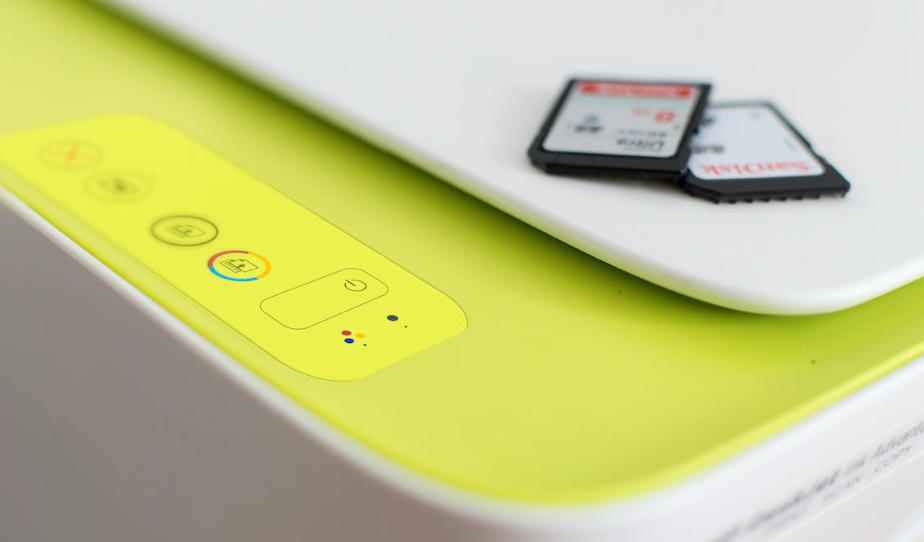
In today’s fast-paced world, our methods of transaction have experienced radical transformations. No longer are we bound to the traditional confines of cash or checks. Instead, we’ve ushered in a new era of digital payments. While the advent of cryptocurrency and online banking has garnered much attention, the silent revolution has been the rise of plastic cards as a staple of everyday transactions. Here, we’ll delve into the captivating journey of how these cards evolved and what future they hold in our increasingly digital economy.
The Humble Beginnings
Before the ubiquitous presence of plastic cards, cash was king. However, as the world started to modernise, the need for a more convenient and secure mode of payment emerged. Banks and financial institutions began toying with the idea of a card that could represent a customer’s financial account. The primary goal? To make transactions swifter and safer.
Magnetic Stripes to Smart Chips
The initial plastic cards were merely an identification tool with account numbers printed on them. Over time, magnetic stripes were introduced, which could store data electronically. The magnetic stripe became the de facto standard for a long time until security concerns paved the way for the introduction of EMV (Europay, MasterCard, and Visa) smart chips. These chips, which are still in use today in many high-quality plastic card printers, provide enhanced security by generating a unique transaction code for every purchase.
The Convenience of Tap-and-Go
With the technology behind plastic cards evolving, the manner in which we use them has also transformed. The most recent advancement is the introduction of NFC (Near Field Communication) technology. It allows for “tap-and-go” payments, which have become especially crucial in a world where contactless transactions are not just convenient but also considered safer for health reasons.
The Role of Plastic Cards in Building Credit
One of the often-overlooked benefits of plastic cards, particularly credit cards, is their role in building an individual’s credit history. Responsible use of a card, timely payments, and maintaining a low credit utilisation ratio can boost one’s credit score. This, in turn, can open doors to better financial opportunities in the future.
Environmental Impacts and the Move to Sustainable Solutions
The sheer volume of plastic cards produced every year has raised environmental concerns. Recognising this, many institutions are exploring eco-friendly materials for card production. From recyclable plastics to wooden cards, the future of the plastic card industry is gearing towards sustainability.
The Future Awaits
With technological innovations on the horizon, plastic cards may soon integrate features like biometric authentication, offering even more secure and personalised transaction experiences. While some argue that the era of plastic cards may soon be overshadowed by purely digital solutions, their tangibility, familiarity, and versatility suggest that they’ll remain an integral part of our financial landscape for years to come.
The Unwavering Legacy of Plastic Cards
In a world that constantly flits between tradition and innovation, plastic cards strike a delicate balance. They’ve successfully bridged the gap between the old and the new, proving their worth and adaptability time and again. As we gaze into the future, one thing is clear: the journey of plastic cards, from their inception to their role in the modern economy, is nothing short of remarkable.
Whether used for a tap-and-go coffee purchase or to secure a significant loan, these cards symbolise the incredible journey of human ingenuity and adaptability in the realm of finance. In fact, many trends in the financial industry indicate that the importance of such tangible payment methods will only grow with time.
